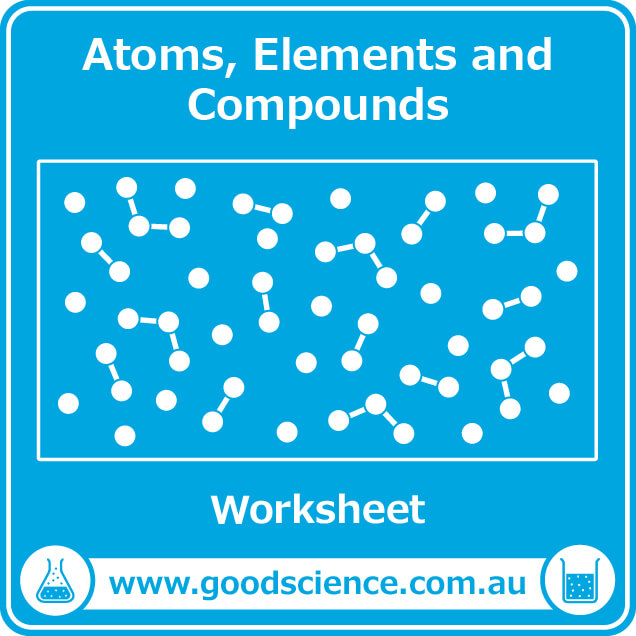Atoms, elements and compounds 3.1 Atomic structure and the periodic table All elements are made up of atoms. An atom is the smallest part of an element than can retain the properties of that element. The atom consists of a minute heavy nucleus of protons and neutrons and a surrounding region of space containing fast moving electrons. Atoms, elements and compounds quiz questions - Footprints-Science GCSE science animations and quizzes.
Simple distillation is a method for separating the solvent from a solution, leaving behind the solute. This method works because the solvent has a much lower boiling point than the dissolved solute. Heating the solution allows the solvent to evaporate, and then it passes through a condenser, where it is cooled and condensed into a separate container. The solute does not evaporate and so it stays behind.
Fractional distillation is a method of separating multiple liquids from each other. The technique works in the same way as distillation, but on a much larger scale.
Download lagu utopia terbaru.
Filtration is a method for separating an insoluble solid from a liquid. A mixture of liquid and solid is passed through filter paper into a flask below. The solid stays on the filter paper (residue), and the liquid passes through to the container below (filtrate).

Crystallisation/evaporation is a method that separates a soluble solid from a liquid. A solution of liquid and dissolved solid is heated, causing the solvent to evaporate and leaves solid crystals behind.
Atoms are fundamental particles that make up all matter but when combined in different ways they can be called different things. We have already covered that a group of atoms with the same number of protons are elements.
Molecules are a group of atoms that are bonded together that have the same number of protons. When two atoms of the same element are bonded together this is known as a molecule. An example of a molecule would be chlorine, chlorine has two elements bonded together in a pair.
A compound is a bonded group of elements that are different from each other that are bonded together. When they are bonded they are chemically joined together by sharing or transferring electrons. This movement of electrons causes ions to formed that are attracted to each other, or the sharing of electrons causes the formation of compounds.
It is the interaction of atoms through bonding that leads to the construction of larger molecules and compounds. Non-metallic and metallic elements have different ways of combining to produce new chemicals. For more information on this see the bonding section below.
Ummy video downloader 1.8 3.0.
Elements are defined as particles with the same number of protons. But when combined elements bond to each other in different ways, they produce compounds. Compounds are created when one or more elements chemically bond together. This usually happens by the sharing or transferring of electrons, the nuclei of the relative elements remain unchanged.
Carnivores dinosaur hunter reborn download.
A common example of a familiar compound is water, H2O. Water is formed from 2 hydrogen atoms and one oxygen atom. The hydrogen atoms and oxygen atoms share electrons and form a covalent bond.
Another example you may be familiar with is salt made up of the elements sodium and chlorine to form the compound sodium chloride. In this compound the atoms don’t share electrons they transfer them. Sodium gives an electron to Chlorine. This causes Sodium to become positively charged and Chlorine to become negatively charged. This change in charges means they are now attracted to each other.

Atoms Elements Compounds And Mixtures
Atoms Elements And Compounds For Kids
Other compounds and elements you may be familiar with make up important items in our everyday lives. In most mobile phones copper, gold an silver are used in wiring and components, where as cobalt and lithium are used in the battery. Laptops for example are mainly made of plastics, containing carbon and hydrogen in compounds. Laptop batteries contain lithium and cobalt. Copper and silicon are primarily used in their electrical components. But you may be more familiar with chemicals around the house the elements sodium and chlorine are bonded together to make sodium chloride which is everyday salt that you can put on food.




